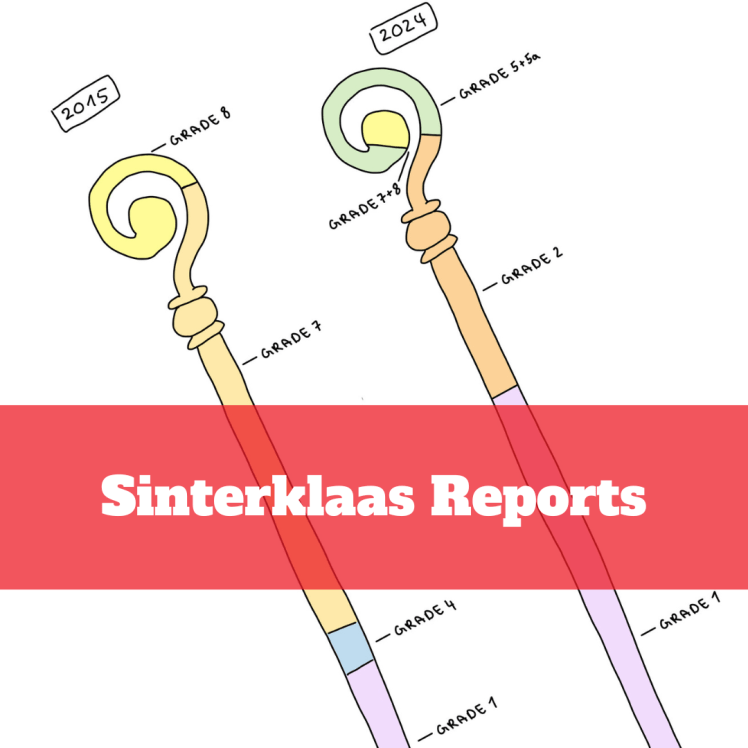The European Race and Imagery Foundation (ERIF) was founded in 2013 in the shared aim of analysing and combating contemporary negative representations of people of colour across Europe. Namely we are interested in how European understandings of home, belonging, space, citizenship and identity are racialised. We are positioned specifically in a bid to depart from US-centric understandings of race and racism, which do not always necessarily relate to the European experience.
PROJECTS



DEFINITIONS OF EUROPE AND IMAGERY
Europe. Within our discussions on the role of imagery in the racialisation of people and spaces in Europe we define Europe as the following:
(1) The traditionally considered continent of Europe constitutes not a predefined space of some 51 independent states, but a battle-ground. Indeed, we challenge predominant notions of who belongs in Europe as this is usually based on the idea of white nativism, which thereby hinders the true acceptance of complex identities.
(2) When thinking of Europe we also consider the relevance of a broader global Europe, which includes ex-colonial territories and their populations, because the latter have have strong links to communities of colour within Europe and their own resistance and liberation movements provide a strong foundation of knowledge and inspiration for European non-white campaigners.
(3) The histories of so called “extra-European” territories are inextricably linked to the European continent. This is due to the movement of people, as well as to , the continued (neo-)colonial relationship between many European states and these territories. This link is, moreover, due to the vast wealth and natural resources that are continually provided in a one-way relationship to Europe.
(4) We also consider the presence and role of the states and territories that are included in the EU Neighbourhood Policy, which is used by the EU to deter, stop people of color and in many cases let them die.
Imagery. We consider imagery to be representations that explicitly and implicitly associate racial difference with expectations regarding ways of being and acting. In this case to communicate what Europe is, who should belong here and who does not. Imagery can be employed to either renew or (re)produce conventions of racist representation and it can justify violence and the disciplining of people of color. However, imagery can also be employed to oppose racism and renew traditions of resistance against racism. In this case, imagery provides space to breathe and heal, and open pathways to imagine more just futures.
Imagery is thus both the tangible expression of views and ideas that people have as well as imaginary spaces and their material consequences, such as the lived experiences of racial discrimination. Below are some examples to demonstrate the various tools and methods that can spread various imagery:
- Narratives in novels, music, children’s books, movies, policies, science, journalism, etc;
- Visual and/or static caricatures and stereotypes;
- Verbal insults and descriptions;
- Material cultures, such as toys, built environments, statues, landscapes, artwork, design, etc.